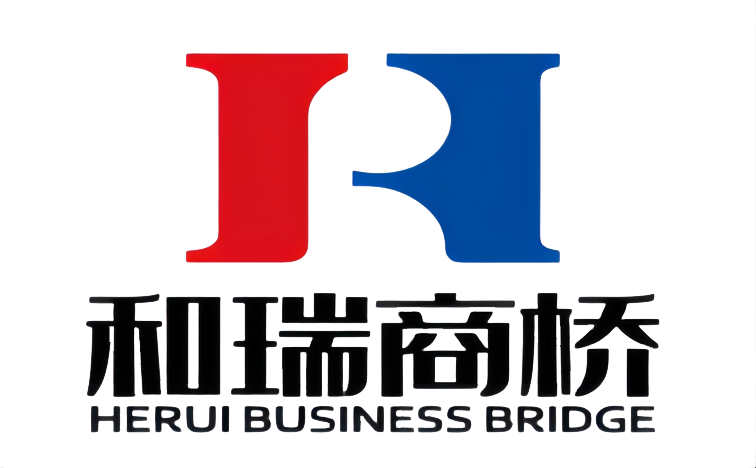Fabric knowledge: wind and UV resistance of nylon fabric
Nylon Fabric
Nylon fabric is composed of nylon fiber, which has excellent strength, wear resistance and other properties, and the moisture regain is between 4.5% – 7%. The fabric woven from nylon fabric has a soft feel, light texture, comfortable wearing, high-quality wearing performance, and plays an important role in chemical fibers.
With the development of chemical fiber, the added value of light weight and comfort of nylon and nylon blended fabrics has been greatly improved, which is especially suitable for outdoor fabrics, such as down jackets and mountain suits.
Fiber fabric characteristics
Compared with cotton fabric, nylon fabric has better strength characteristics and stronger wear resistance.
The ultra-fine denier nylon fabric introduced in this paper also has the function of anti pile through calendering and other processes.
Through dyeing and finishing, technology and additives, the nylon fabric has the functional characteristics of water, wind and UV resistance.
After dyeing with acid dyes, nylon has relatively high color fastness.
Processing technology of anti splash, anti wind and anti UV dyeing
Cold reactor
During the weaving process of grey fabric, in order to reduce the defect rate, ensure the continuity of weaving, and increase the smoothness of warp performance, the fabric will be treated with sizing and oiling. The sizing has adverse effects on the dyeing and finishing of the fabric. Therefore, the fabric will be removed by cold stacking before dyeing to ensure the removal of impurities such as sizing and ensure the dyeing quality. We adopt the method of cold stack + high-efficiency flat desizing water washing for pretreatment.
Washing
The silicon oil removed by the cold stack needs further degreasing treatment. Deoiling treatment prevents silicone oil and fabric from crosslinking and adsorbing on nylon yarn during high temperature setting after dyeing, resulting in serious uneven dyeing of the whole cloth surface. The water washing process uses the high-frequency ultrasonic vibration of the water washing tank to remove impurities from the fabric finished by the cold pile. Generally, there are impurities such as degraded, saponified, emulsified, alkali hydrolyzed slurry and oil in the cold pile. Accelerate the chemical degradation of oxidation products and alkali hydrolysis to prepare for dyeing.
Predetermined type
Nylon fiber has high crystallinity. Through the predetermined type, the crystalline and non crystalline regions can be arranged in order, eliminating or reducing the uneven stress produced by nylon fiber during spinning, drafting and weaving, and effectively improving the dyeing uniformity. The predetermined type can also improve the surface flatness and wrinkle resistance of the fabric, reduce the wrinkle print caused by the movement of the fabric in the jigger and the color wrinkle print after retraction, and increase the overall coordination and consistency of the fabric. Because the polyamide fabric will damage the terminal amino group at high temperature, it is very easy to be oxidized and damage the dyeing performance, so a small amount of high-temperature yellowing agent is required at the predetermined type stage to reduce the yellowing of the fabric.
Dyeing
By controlling the leveling agent, dyeing temperature, temperature curve and pH value of dyeing solution, the purpose of leveling dyeing can be achieved. In order to improve the water repellency, oil repellency and stain resistance of the fabric, eco-ever was added in the dyeing process. Eco ever is an anionic auxiliary and a high molecular nano material, which can be highly attached to the fiber layer with the help of dispersant in dyeing. It reacts with the finished organic fluorine resin on the surface of the fiber, greatly improving the oil repellency, water repellency, antifouling and washing resistance.
Nylon fabrics are generally characterized by poor UV resistance, and UV absorbers are added in the dyeing process. Reduce the UV penetration and improve the UV resistance of the fabric.
Fixation
To further improve the color fastness of nylon fabric, anionic fixing agent was used to fix the color of nylon fabric. The color fixing agent is an anionic auxiliary with large molecular weight. Due to hydrogen bond and van der Waals force, the color fixing agent attaches to the surface layer of the fiber, reducing the migration of molecules inside the fiber, and achieving the purpose of improving the fastness.
Post adjustment
In order to improve the drilling resistance of nylon fabric, calendering finishing was carried out. Calendering finishing is to make the fabric plasticize and “flow” after being heated in the nip by the elastic soft roller and the metal hot roller through the surface shearing and rubbing action, so that the tightness of the fabric surface tends to be uniform, and the fabric surface contacted by the metal roller is smooth, so as to reduce the gap at the weaving point, achieve the ideal air tightness of the fabric and improve the smoothness of the fabric surface.
Calendering finishing will have a corresponding impact on the physical properties of the fabric, and at the same time, it will improve the anti pile property, avoid the chemical coating treatment of ultra-fine denier fibers, reduce the cost, reduce the weight of the fabric, and achieve excellent anti pile property.
Conclusion:
Cold pile water washing and set dyeing pretreatment are selected to reduce the dyeing risk.
Adding UV absorbers can improve the anti UV ability and improve the quality of fabrics.
Water and oil repellency will greatly improve the color fastness of fabrics.
Calendering will improve the windproof and anti pile performance of the fabric, reduce the risk of coating and reduce the cost, energy saving and emission reduction.
Article excerpt—-Lukas
Post time: Aug-31-2022

